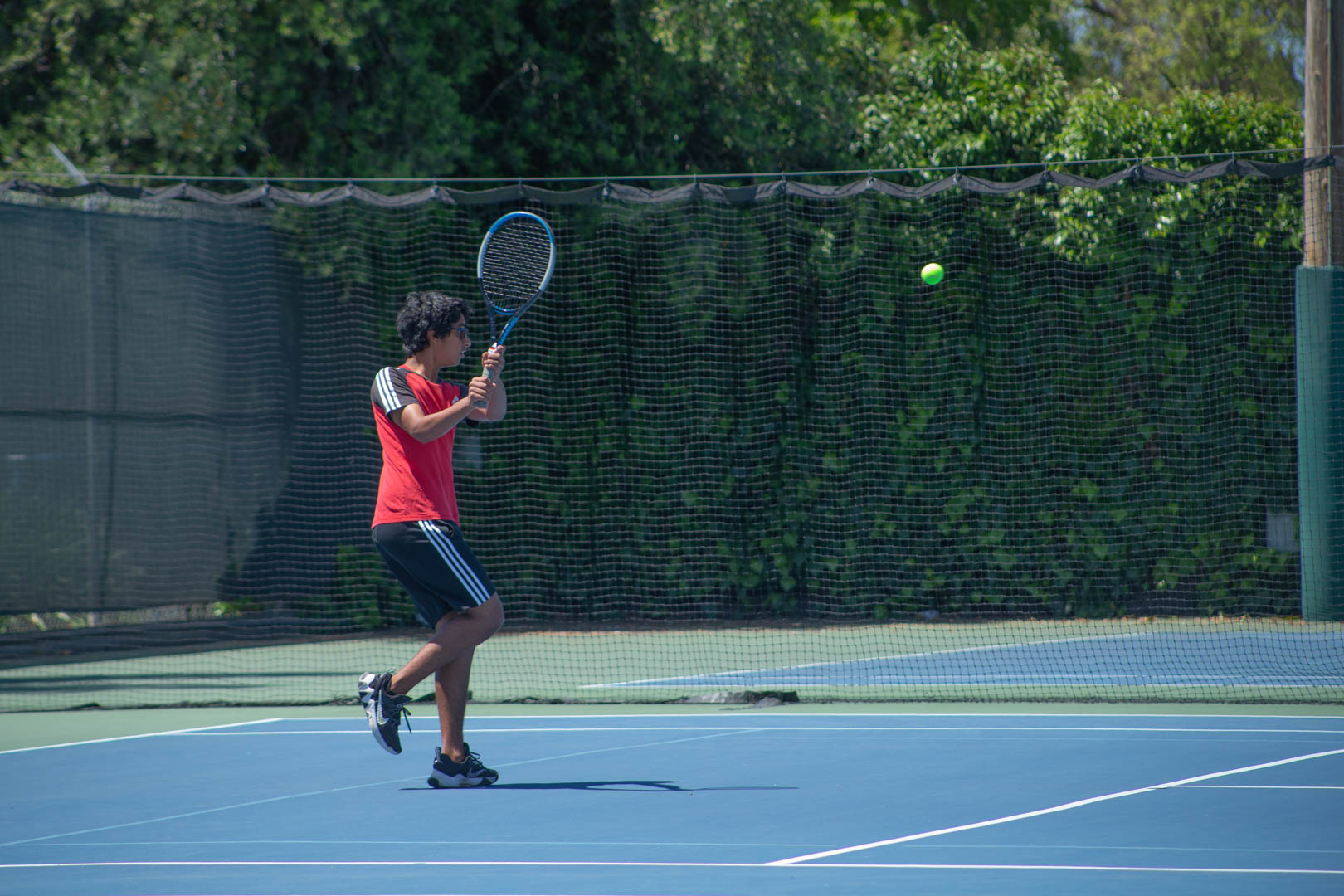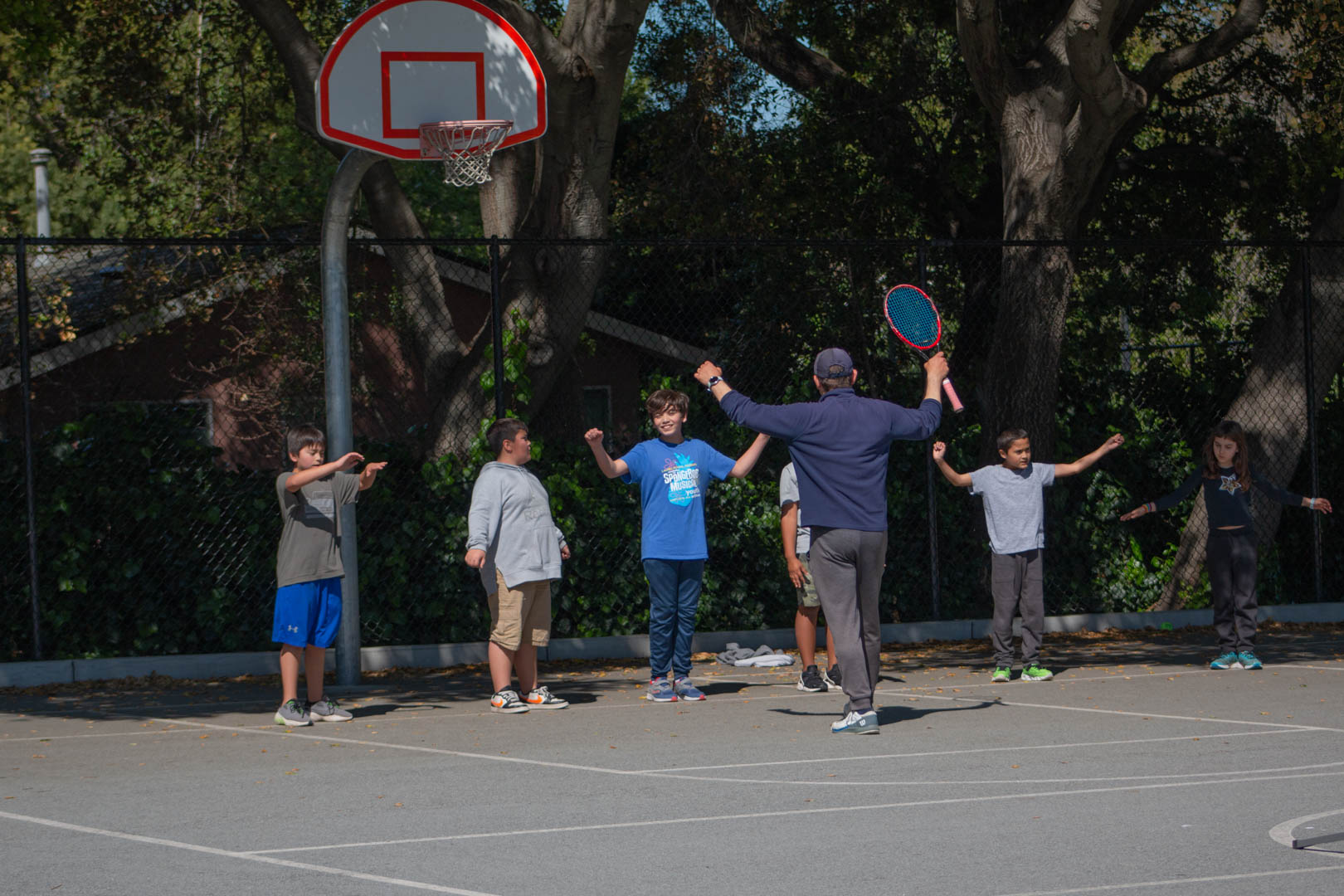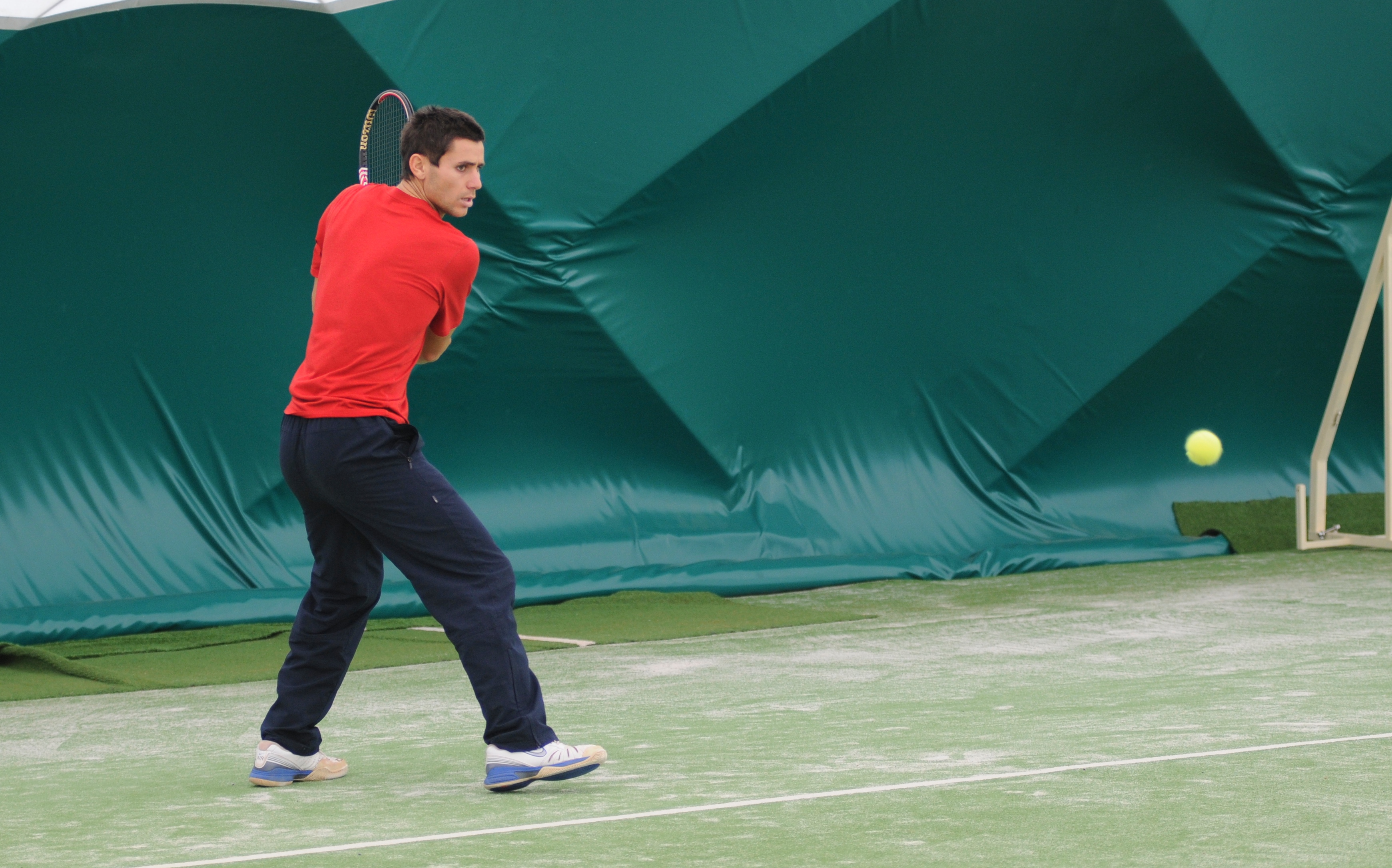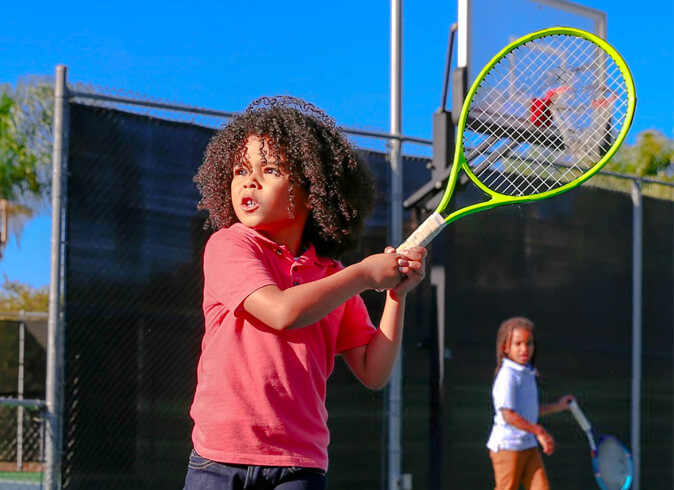Forehand Focus: Techniques and Drills in Orange Ball Tennis
Posted in: Blog | Published on: May 6, 2024 | Written By: admin
Tennis is a sport that demands precision, agility, and skill, with each stroke playing a vital role in the overall game. Among these strokes, the forehand is always considered one of the most important and effective. For young players, particularly those playing with orange balls, mastering the forehand can lay a strong foundation for their tennis journey. In this blog post, we’ll delve into essential techniques and drills to enhance forehand skills in orange ball tennis.
Understanding the Orange Ball
The orange ball is a primary component in the progression of young tennis players. It is slightly bigger and softer than the standard yellow ball, bouncing lower and moving slower. This design allows players to develop their skills with more control and confidence. With the appropriate court size and ball, young players can focus on technique and strategy rather than struggling to keep up with the pace of a standard ball.
Forehand Technique: The Basics
- Grip: For orange ball tennis, the semi-western or eastern forehand grip is recommended. These grips provide a balance of control and power, making it easier for young players to handle the ball effectively.
- Stance: The stance should be relaxed yet prepared. Players can use either an open or semi-open stance, allowing for quick movement and good balance. Knees should be slightly bent, and weight should be evenly distributed on the balls of the feet.
- Swing Path: The swing path for a forehand should start low and finish high, creating a brushing motion that imparts topspin on the ball. This topspin helps in controlling the ball’s flight and bounce. The player should focus on a smooth and fluid motion, avoiding any jerky movements.
- Follow-Through: After making contact with the ball, the player’s racket should continue its path across their body, finishing high above the shoulder. This ensures maximum control and optimal ball trajectory.
Drills to Enhance the Forehand
- Shadow Swings: Without a ball, players can practice their swing to develop muscle memory. Standing in front of a mirror can help improve the technique. Focus on the grip, stance, swing path, and follow-through.
- Cone Drills: Place cones at various points around the court. Players practice hitting forehands to each cone, improving their aim and footwork. This drill also helps in learning how to position oneself correctly for different shot angles.
- Drop-Hit Drills: Players drop the ball and hit it after it bounces. This drill is excellent for practicing timing and swing consistency. It allows players to focus on the mechanics of their swing without the added pressure of a rally.
- Partner Rallies: Pairing up with a partner for controlled rallies can help in developing consistency and accuracy. Start with short rallies focusing on technique, gradually increasing the intensity and distance.
Target Practice: Set up targets on the court using hula hoops or chalk circles. Players aim to hit these targets, improving their precision and control.
 R
R 



